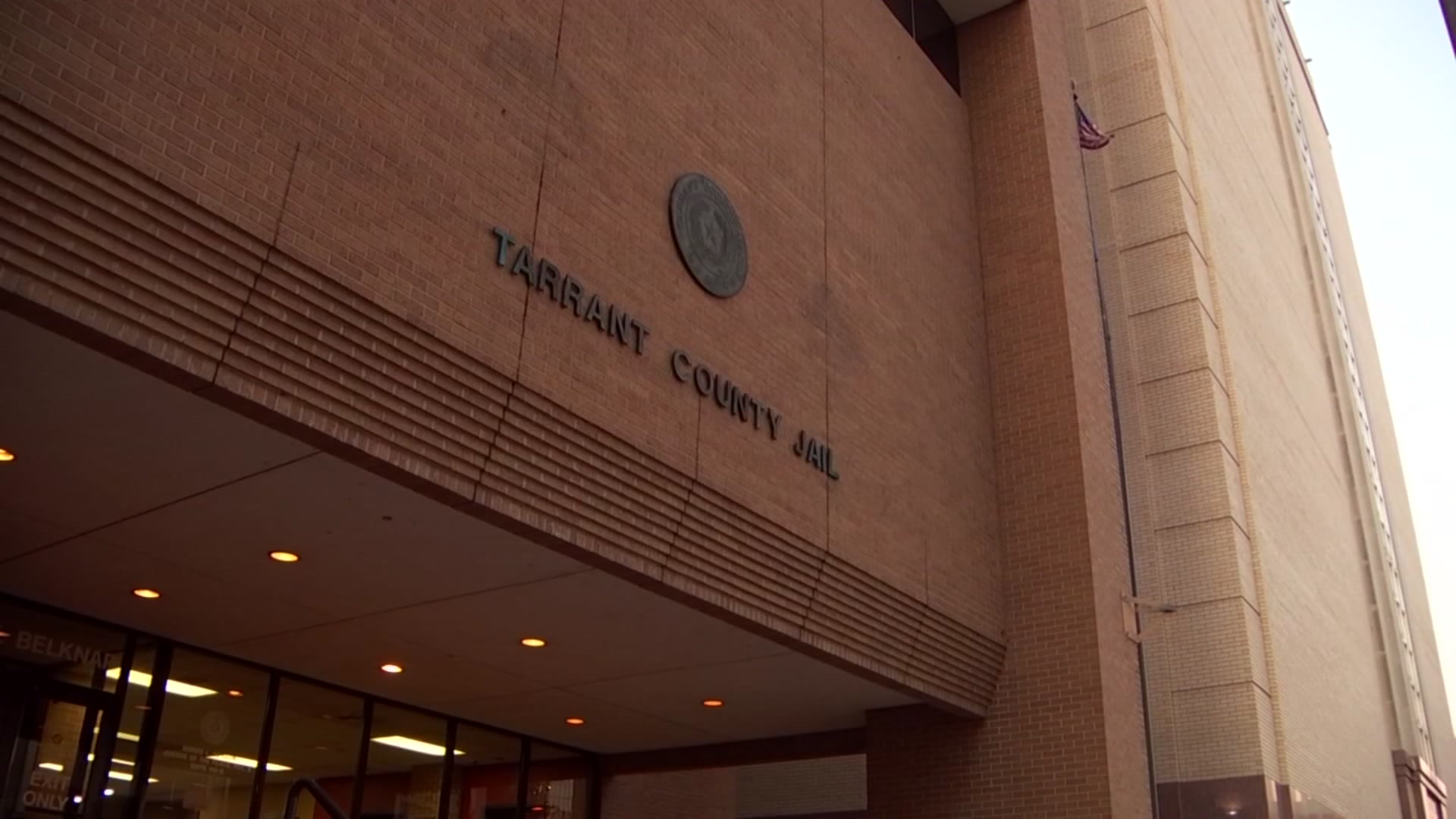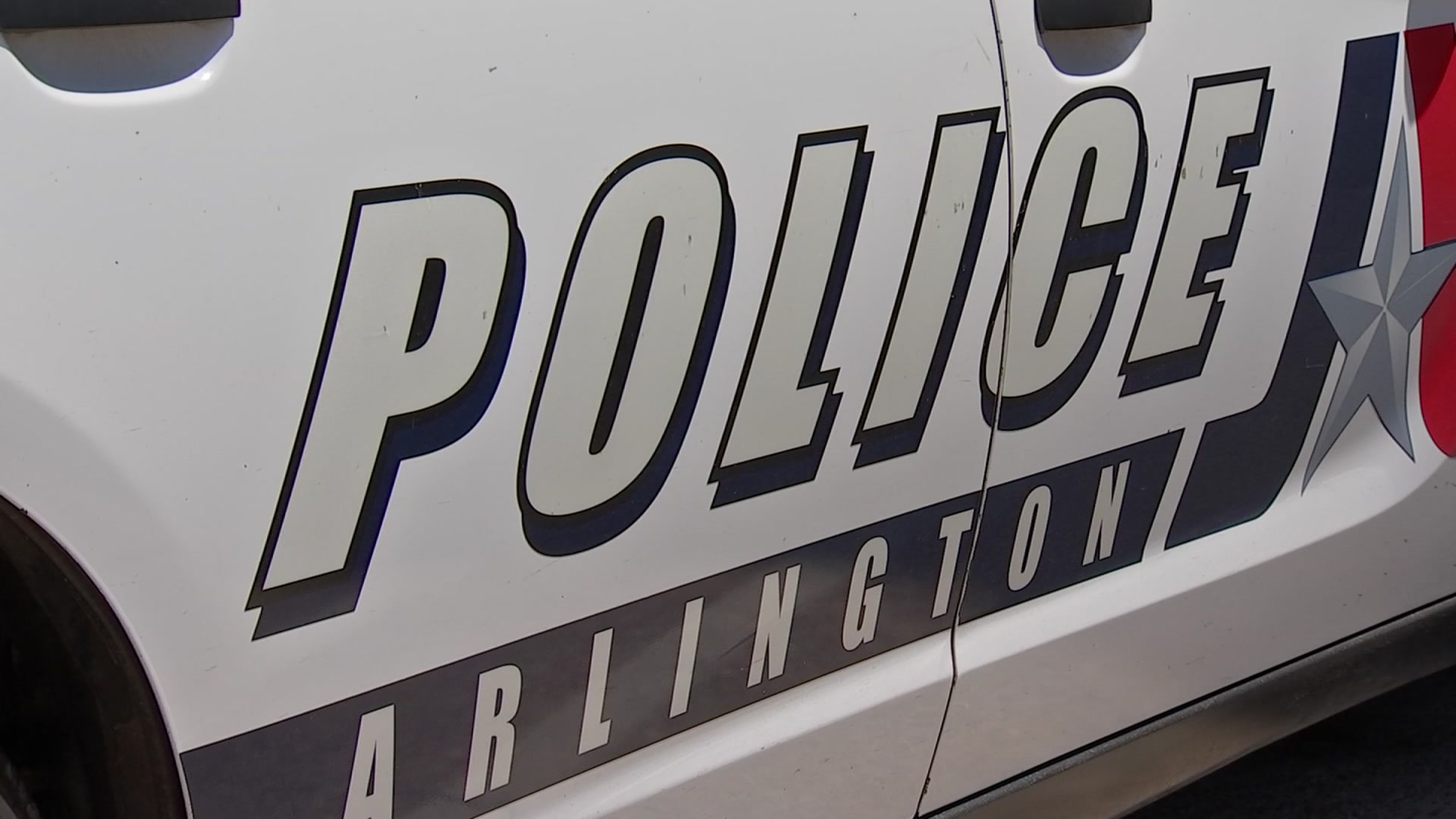On Nov. 22, 1963, Hugh Aynesworth walked four blocks from The Dallas Morning News' building to watch President John F. Kennedy's motorcade drive through Downtown Dallas. Aynesworth worked for The News at the time covering space and aviation, but he didn't have an assignment that day.
He stood by the Texas School Book Depository building, a location that would become famous in the years that followed. He saw the Kennedys but then lost sight of the first car. Then he heard a gunshot.
"I'm not a shooter, but I knew it was a shot immediately," he said.
And then he heard a second. And then a third. The events that followed were some of the most tragic in American history.
Aynesworth described his firsthand account of the JFK assassination to a captive audience recently during a conversation hosted by The Dallas Morning News.
Nearly 56 years later, Aynesworth was still able to recall the day of the assassination, and the killing he witnessed later on.
Shortly after the JFK shooting, Aynesworth exchanged two quarters for a pencil from a young boy in the crowd and used two envelopes from his back pocket as his notebook. He listened to a police radio and bummed a ride with a WFAA-TV news unit to the Texas Theatre in Oak Cliff, where he saw the arrest of Lee Harvey Oswald.
Local
The latest news from around North Texas.
On Nov. 24, Aynesworth intended to stay home to watch Oswald be transferred from the city jail to the county courthouse jail, which was scheduled for 10 a.m. that morning. When he turned on his TV, he saw that wasn't the case.
"I thought, 'My God, they haven't moved him. What's going on? I gotta get down there,'" he said.
When he got to the city jail, Aynesworth said, it was like a madhouse.
"I heard one pop," he said. It was the sound of Jack Ruby's .38 Colt Cobra revolver sending one fatal bullet into Oswald's abdomen.
Michael Granberry, an arts and features writer at The News who moderated the discussion, said folks in Dallas weren't entirely surprised that Ruby was the one who pulled the trigger, and he pointed out that it wasn't surprising to Aynesworth either.
"He was very volatile," Aynesworth said. He recalled a day he got drinks with a friend at the Hotel Adolphus and found a bleeding man running out of a liquor store across the street. The man pointed back to the liquor store as Jack Ruby stepped out.
Despite Aynesworth's reporting, conspiracy theories challenged the facts around the assassination, particularly ones that disputed whether or not Oswald was a lone gunman. To that, Aynesworth said, "money played a part."
Granberry and Aynesworth then discussed serial killer Ted Bundy, whom Aynesworth and Stephen Michaud, a former Business Week reporter, interviewed extensively for two books: "The Only Living Witness: The True Story of Serial Sex Killer Ted Bundy" and "Ted Bundy: Conversations with a Killer."
The pair spent more than 100 hours interviewing Bundy over the course of a year. Aynesworth said Michaud interviewed Bundy first -- they were both from the same town and knew some of the same people. Then Aynesworth came in as the bad cop.
"We did not get along," he said. "He was killing young girls, and at that time, I had two beautiful young daughters."
Aynesworth and Bundy were together when President Ronald Reagan was shot. They were having tough conversations, he said, but then Bundy made this statement: "You know, next time, maybe I'll get someone famous and I'll get more publicity."
As for what's next, Aynesworth revealed that he contributed to a new Netflix project, which debuts in December, about Texas serial killer Henry Lee Lucas.



